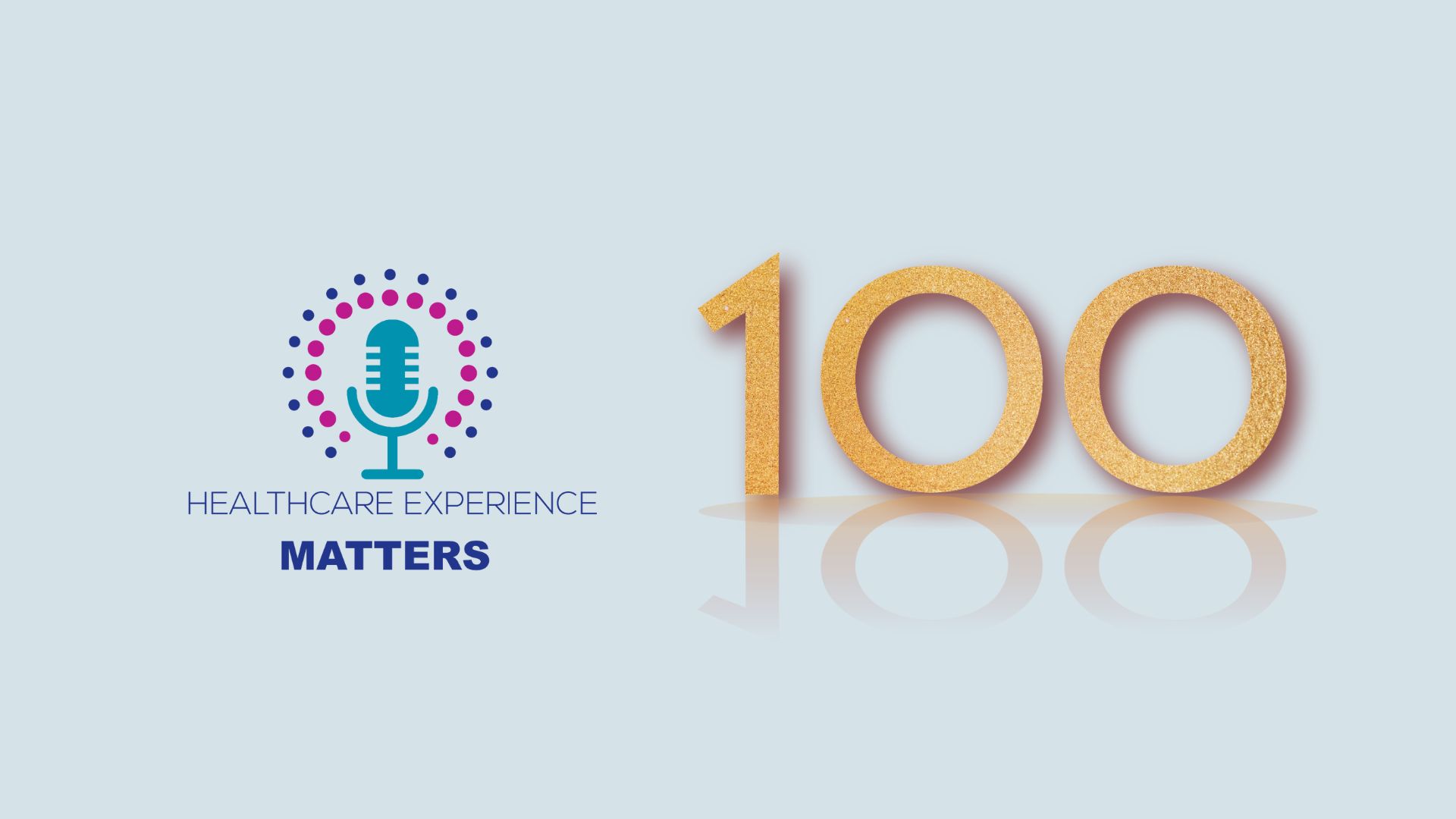What No One Tells You About Communication
All too often, communication effectiveness is best evaluated by looking in the rear-view mirror—for good communication resides in the eye of the beholder. Did our Town Hall convey the tone and vision intended? Does feedback indicate the intended messages offered during Senior Leader Rounding were well-received? Did our patient understand not only the importance of taking their medications but the instructions for following correct timing and dosage? Did our employee hear the difficult feedback in a way that will lead to constructive outcomes? How well did we convey the progress we’ve made this year to our team?
While we may believe we are good communicators, sometimes the recipients of our messages don’t agree. Stephen Covey has famously said, “We judge ourselves by our intentions and others by their behaviors”. Recently, while spending time onsite in a hospital, I observed a well-intentioned employee communicate a process to a patient (who was growing exceedingly frustrated). On debriefing the encounter, the employee declared success…but the patient disagreed. In reality, the interaction had been relegated to a transaction, one that followed policy to a tee. All the pertinent points were addressed; however, the employee failed to account for how the patient would feel about the interaction or judge the employee’s behaviors. This particular situation lacked empathy, context, and the basic building blocks of trust required for the patient to truly hear.
It is never enough simply to say; the receiver must be able to hear. Sometimes, despite our best intentions and designs, we as caregivers and leaders miss the mark that places trust and relationship as the underpinnings of communication. When we first meet someone, we and they are trying to determine whether we can trust and respect each other. Believe it or not, this “sizing up” occurs in fewer than 15 seconds! Our reptilian brains work quickly to assess whether our words match our body language and tone of voice and whether the total picture is one that suggests a psychologically safe environment. Only in such a setting can we really hear what the other is saying.
Our work at the Healthcare Experience Foundation gives us the opportunity to see and hear communication in action every day. What we have come to know is that there is potentially no more intimate, vulnerable experience than that of two people engaged in meaningful dialogue about an issue important to both of them. Sharing the space of conversation can open both the message sender and the receiver to a deep understanding of the content at hand and to their own thoughts and feelings that are a part of the real-time experience. Both parties grow as a result, in their knowledge, in their ability to participate, and in their understanding. When every person wearing a badge in your organization recognizes this as part of his or her “job”, we will have accomplished much of the healthcare experience we are seeking to build.
What can you do to begin this process today?
-
- Seek out opportunities to institute a deliberate practice of purposeful communication and teach others to look for these opportunities as well
- Create competencies not just for regular daily situations but by simulating and working through crisis scenarios. Consider using two criteria for validation: 1) Are my words and actions building trust, and 2) Am I displaying caring and compassion?
- Posted in:
- News
At the end of the day, every person we encounter presents us with an opportunity to display trust, respect, and compassion. How will we meet that challenge?
What tips have you used to build your communication skills? Tell us about how you practice communication skill-building. We value your insights!



